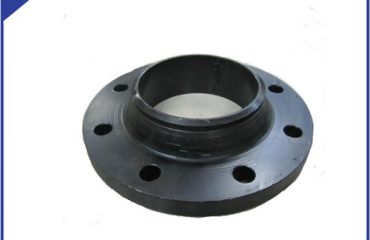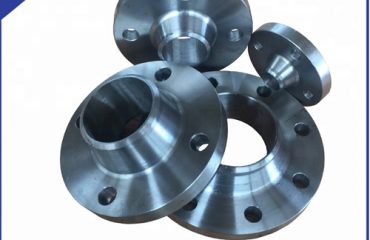
There are many types of stainless steel flange, but the basic types can be divided into the following three types. Integral stainless steel flange usually has a tapered neck, so it is also called long neck stainless steel flange. Usually, it is integrated with the vessel or pipe, and the stainless steel flange is only loosely covered on the flange or flanging soil.
Therefore, the stainless steel flange, also called free stainless steel flange, is not directly located, but connected to the vessel or pipe orifice. This connection method can not achieve the same strength of the overall connection. The ring stainless steel flange is used in many small-size occasions.
Any form of stainless steel flange is also called any form of stainless steel flange. The inner circle of the stainless steel flange is machined with grooves, which are set on the simplified or other parts, and then the two parts are welded together. Its stress is between the integral stainless steel flange and the looper stainless steel flange.
Generally speaking, its performance is better than the integral stainless steel flange, but better than the looper stainless steel flange Flange is one of the best mechanical properties of flange products, its raw material is generally tube blank, and then cut and hammered continuously to eliminate segregation and porosity in ingot. Its price and mechanical properties are higher than ordinary casting flange stainless steel.
Flange is a kind of component that connects pipe with pipe and valve, and connects to pipe end. It is also used as flange at equipment inlet and outlet. The connection between two equipment is the part that connects pipe to pipe end. Stainless steel flange is a pipe accessory product. The main materials of forged flange are carbon steel, alloy steel and stainless steel.
 Language
Language Espanol
Espanol English
English Italian
Italian عربى
عربى
 Skype: chinamaker99
Skype: chinamaker99  Tel: 86-316-5120812
Tel: 86-316-5120812 Email:
Email:  Whatsapp:
Whatsapp: 
